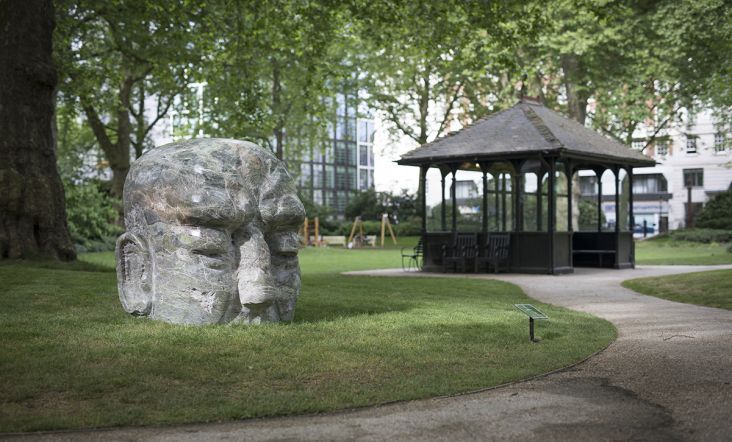Tate Modern to host dazzling exhibition of Modigliani's iconic portraits, sculptures and nudes
This autumn, Tate Modern will stage the most comprehensive Modigliani exhibition ever held in the UK, bringing together a dazzling range of his iconic portraits, sculptures and the largest ever group of nudes to be shown in this country.
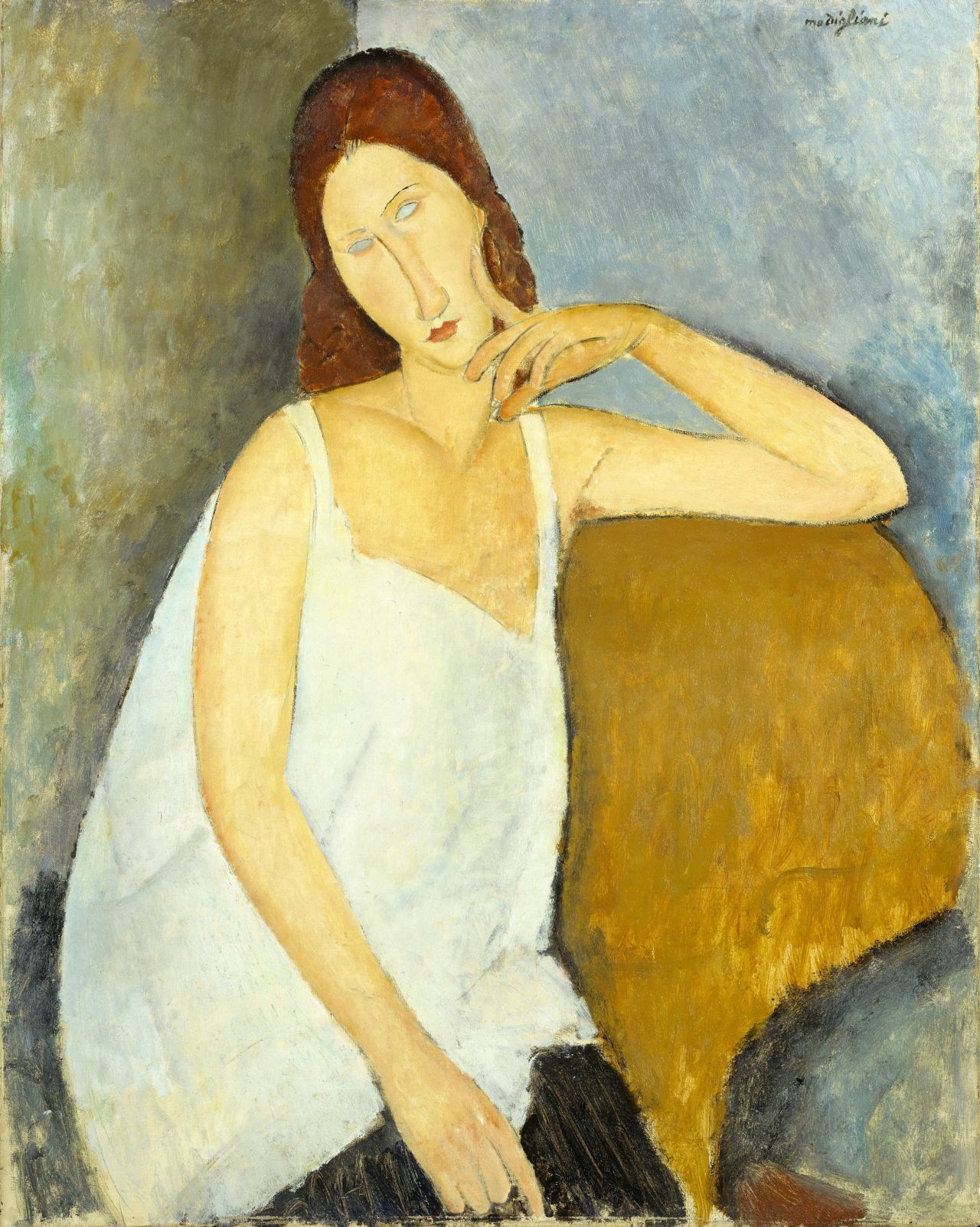
Jeanne Hébuterne 1919 Medium Oil paint on canvas 914 x 730 mm The Metropolitan Museum of Art, New York
Although he died tragically young, Amedeo Modigliani (1884–1920) was a ground-breaking artist who pushed the boundaries of the art of his time. Including almost 100 works, the exhibition will re-evaluate this familiar figure, looking afresh at the experimentation that shaped his career and made Modigliani one of the greatest artists of the twentieth century.
A section devoted to Modigliani’s nudes, perhaps the best-known and most provocative of the artist’s works, will be a major highlight. In these striking canvases Modigliani invented shocking new compositions that modernised figurative painting. His explicit depictions also proved controversial and led to the police censoring his only solo lifetime exhibition, at Berthe Weill’s gallery in 1917, on the grounds of indecency. This group of 10 nudes will be the largest group ever seen in the UK, with paintings including Seated Nude 1917 (Royal Museum of Fine Arts, Antwerp) and Reclining Nude c.1919 (Museum of Modern Art, New York).
Born in Livorno, Italy and working in Paris from 1906, Modigliani’s career was one of continual evolution. The exhibition begins with the artist’s arrival in Paris, exploring the creative environments and elements of popular culture that were central to his life and work.
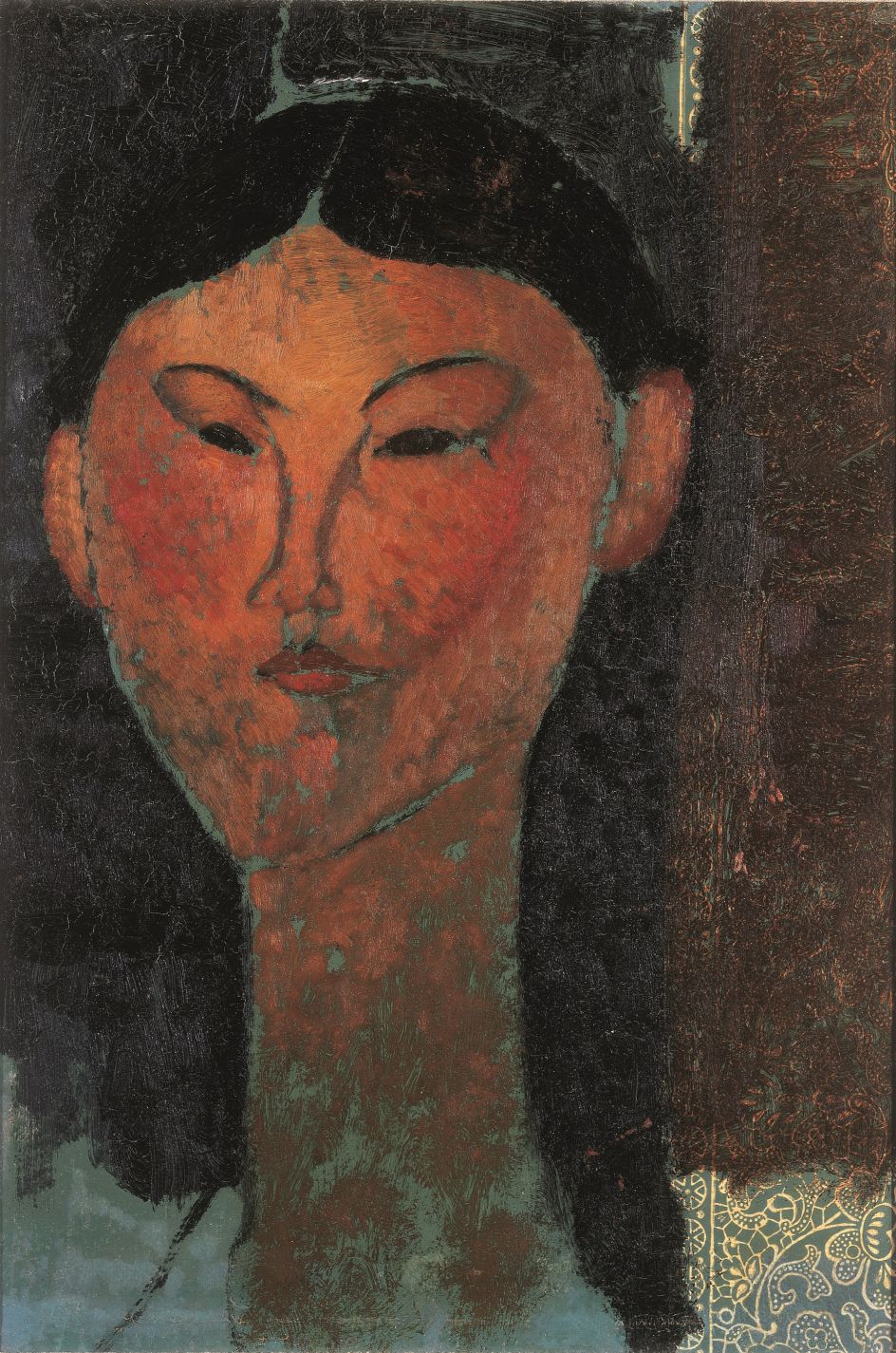
Beatrice Hastings 1915 Oil on paper 400 x 285 mm Private Collection, Switzerland
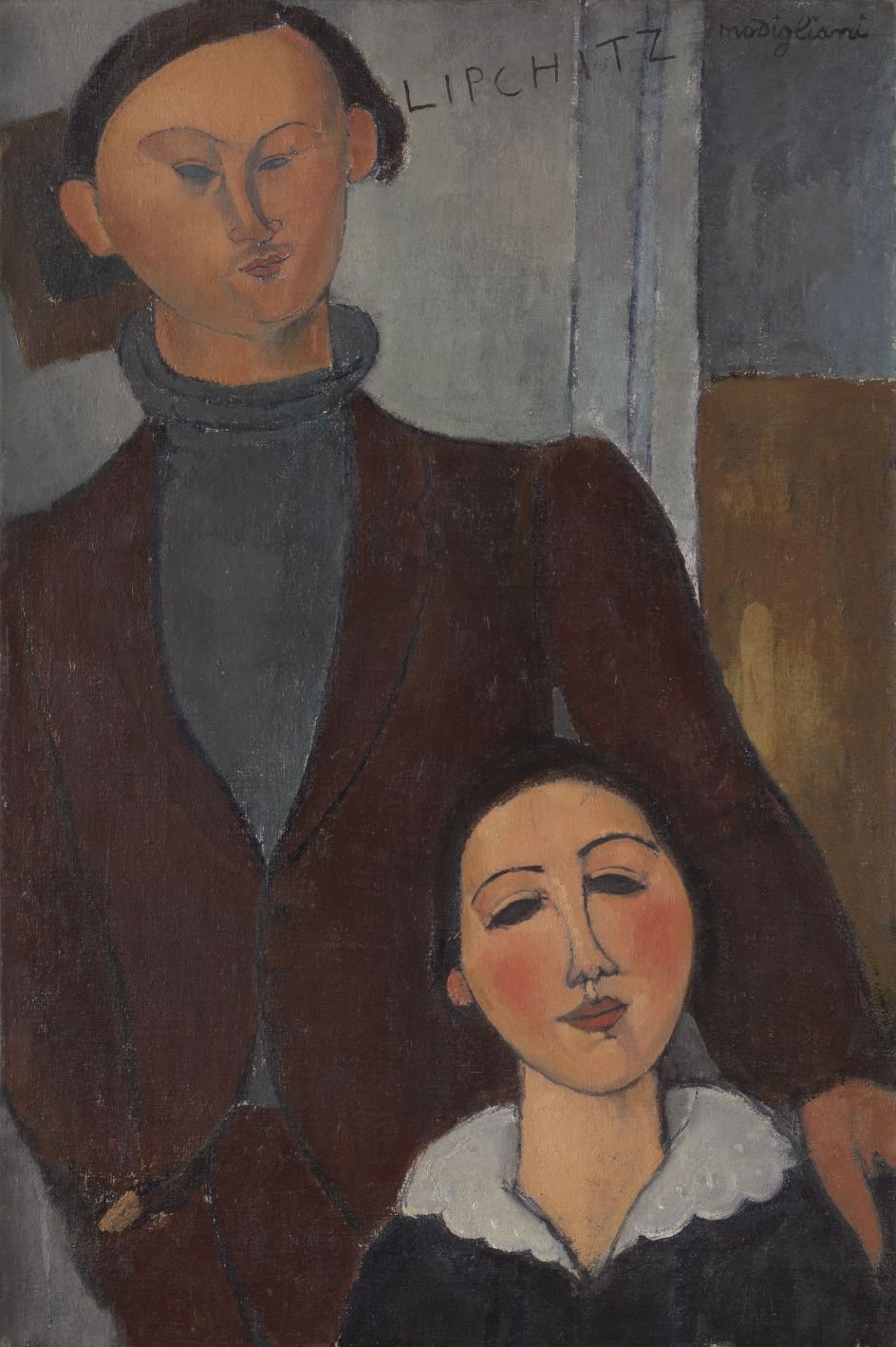
Jacques and Berthe Lipchitz 1916 Oil on canvas 813 x 543 mm The Art Institute of Chicago
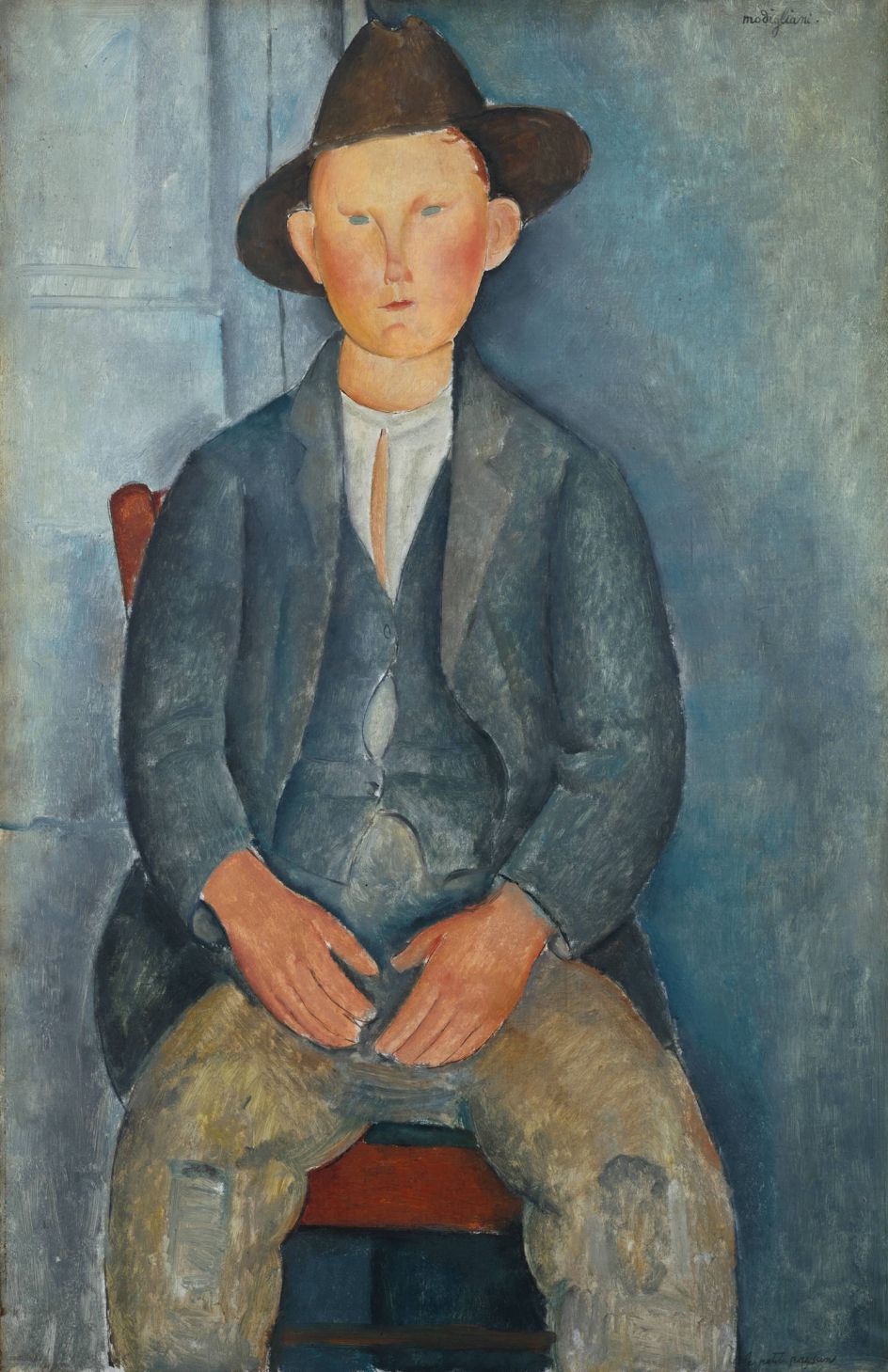
The Little Peasant c.1918 Medium Oil paint on canvas 1000 x 645 mm Tate, presented by Miss Jenny Blaker in memory of Hugh Blaker 1941
Inspired by the art of Paul Cézanne, Henri Toulouse-Lautrec and Pablo Picasso, Modigliani began to experiment and develop his own distinctive visual language, seen in early canvases such as Bust of a Young Woman 1908 (Lille Métropole Musée d'Art Moderne, Villeneuve-d'Ascq) and The Beggar of Leghorn 1909 (Private Collection).
His circle included poets, dealers, writers and musicians, many of whom posed for his portraits including Diego Rivera 1914 (Kunstsammlung Nordrhein-Westfalen, Düsseldorf), Juan Gris 1915 (Metropolitan Museum of Art, New York) and Jean Cocteau 1916 (The Henry and Rose Pearlman Foundation, Princeton University Art Museum).
The exhibition will also reconsider the role of women in Modigliani’s practice, particularly poet and writer Beatrice Hastings. Hastings will be shown not simply as the artist’s muse, but as an important figure in the cultural landscape of the time.
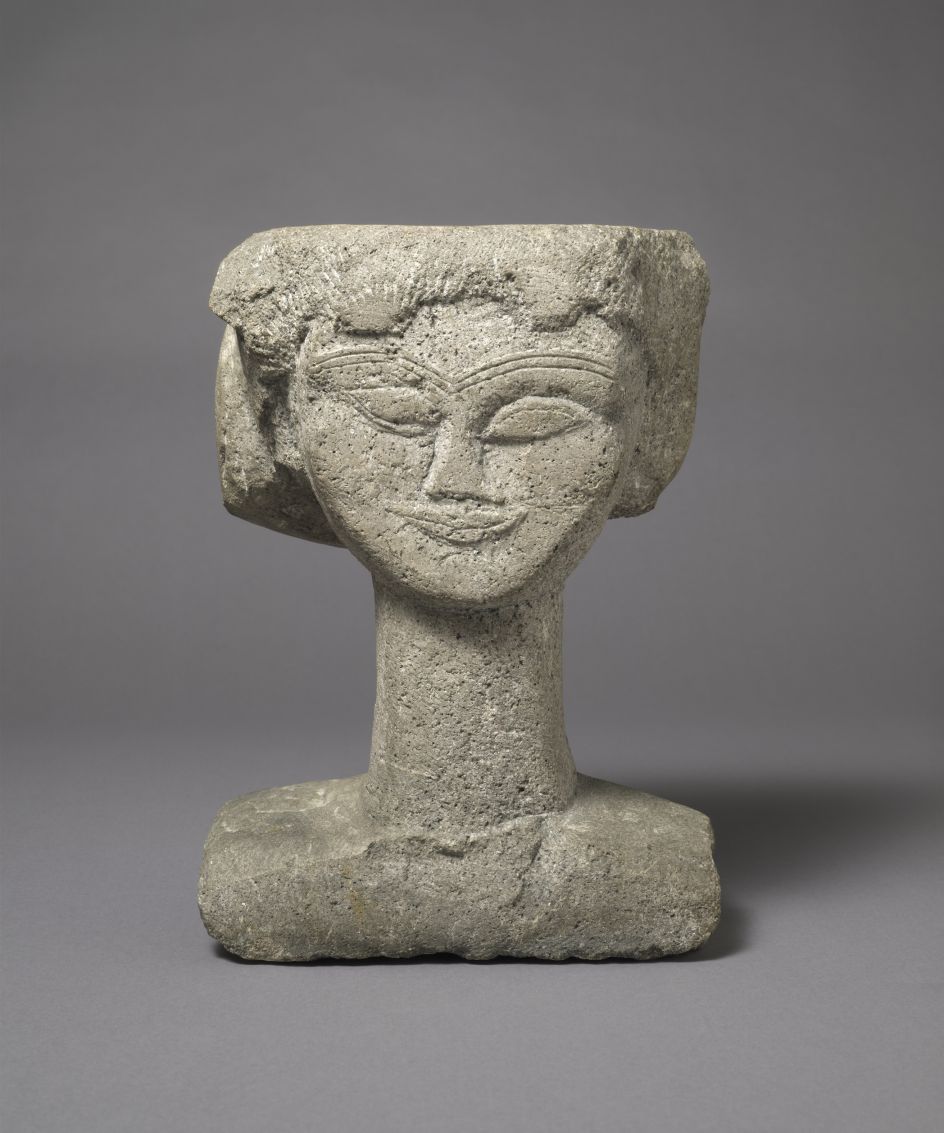
Head c.1911 Medium Stone 394 x 311 x 187 mm Harvard Art Museums/Fogg Museum, Gift of Lois Orswell © President and Fellows of Harvard College
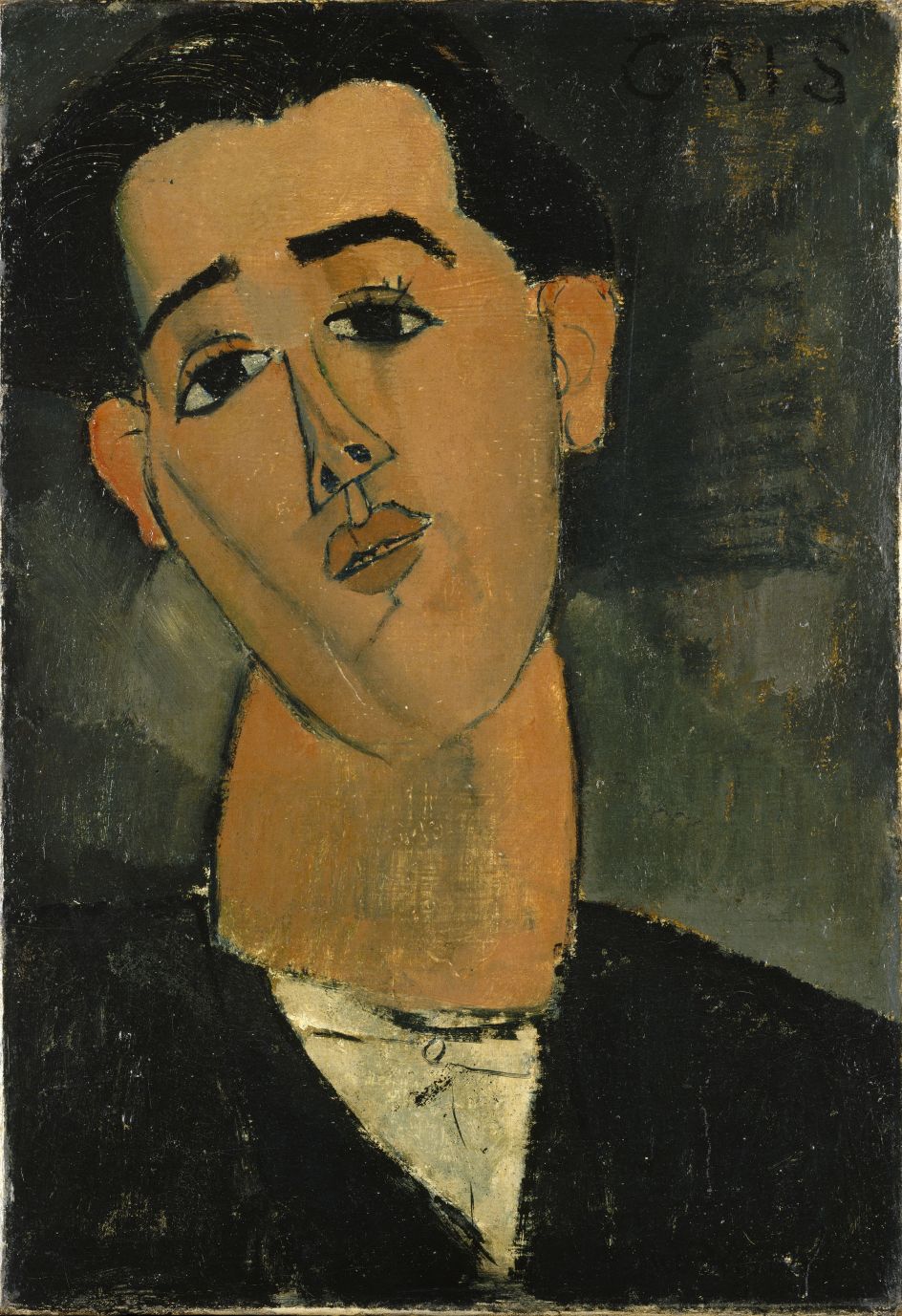
Juan Gris 1915 Oil paint on canvas 549 x 381 mm The Metropolitan Museum of Art, New York
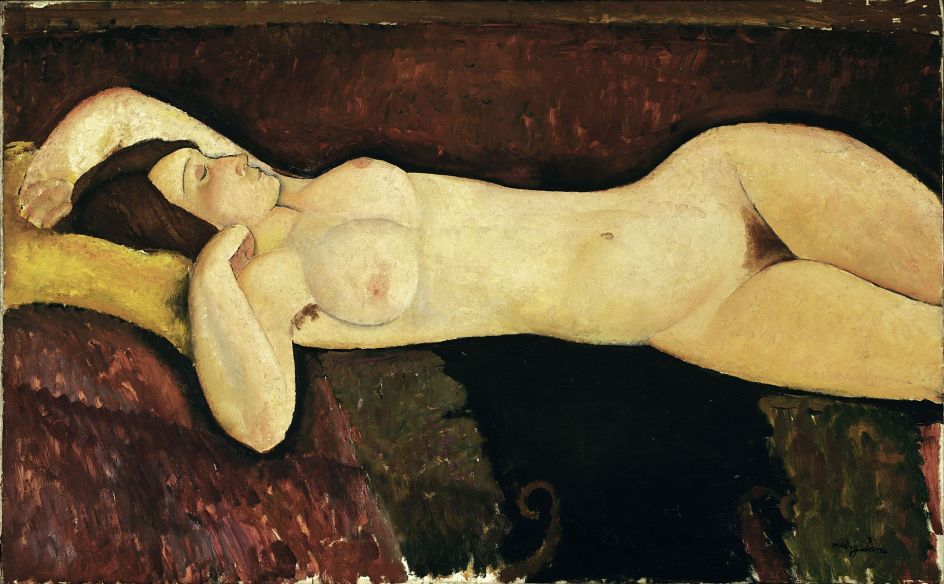
Reclining Nude 1919 Oil on canvas 724 x 1165 mm Museum of Modern Art, New York
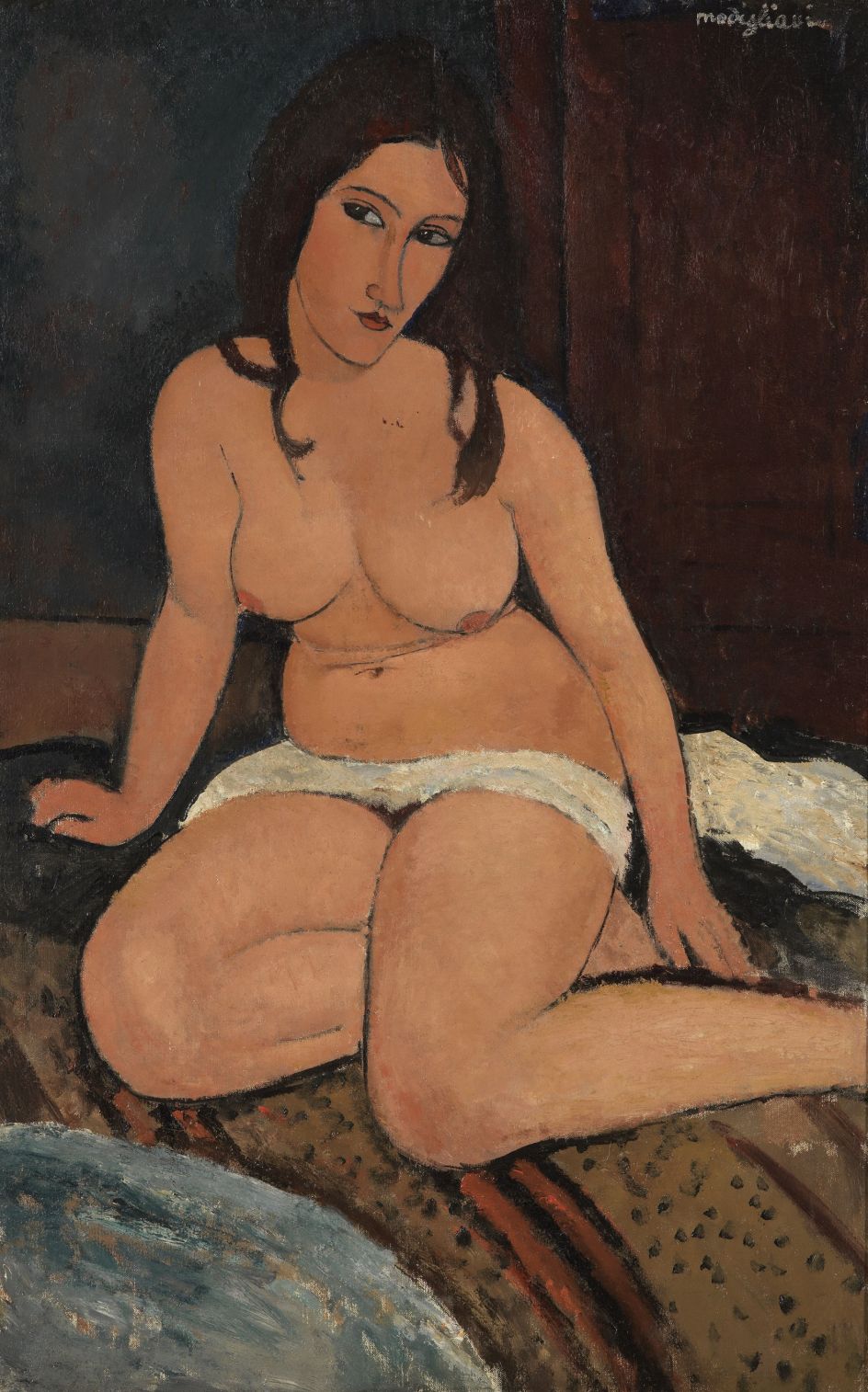
Seated Nude 1917 Oil paint on canvas 1140 x 740 mm Royal Museum of Fine Arts Antwerp, Lukasart in Flanders Photo credit: Hugo Maertens
Modigliani will feature exceptional examples of the artist’s lesser-known work in sculpture, bringing together a substantial group of his Heads made before the First World War. Although the artist’s ill-health and poverty eventually dictated otherwise, he spent a short but intense period focusing on carving, influenced by contemporaries and friends including Constantin Brâncuși and Jacob Epstein.
For his wellbeing, Modigliani left Paris in 1918 for an extended period in the South of France. Here he adopted a more Mediterranean colour palette and, instead of his usual metropolitan sitters, he began painting local peasants and children such as Young Woman of the People 1918 (Los Angeles County Museum of Art) and Boy with a Blue Jacket 1919 (Indianapolis Museum of Art).
The exhibition will conclude with some of Modigliani’s best-known depictions of his closest circle. Friends and lovers provided him with much-needed financial and emotional support during his turbulent life while also serving as models. These included his dealer and close friend Léopold Zborowski and his companion Hanka, and Jeanne Hébuterne, the mother of Modigliani’s child and one of the most important women in his life. When Modigliani died in 1920 from tubercular meningitis, Jeanne tragically committed suicide.
Tate Modern will bring together several searching portraits of her from Modgliani’s final years, on loan from international collections such as the Philadelphia Museum of Art and Metropolitan Museum of Art, New York, which depict her in a range of guises from young girl to mother.
Modigliani launches on 23 November 2017 at Tate Modern and runs until 2 April 2018. Discover more at www.tate.org.uk.
Main image: Jeanne Hébuterne 1919, Medium Oil paint on canvas 914 x 730 mm, The Metropolitan Museum of Art, New York




 by Tüpokompanii](https://www.creativeboom.com/upload/articles/58/58684538770fb5b428dc1882f7a732f153500153_732.jpg)


 using <a href="https://www.ohnotype.co/fonts/obviously" target="_blank">Obviously</a> by Oh No Type Co., Art Director, Brand & Creative—Spotify](https://www.creativeboom.com/upload/articles/6e/6ed31eddc26fa563f213fc76d6993dab9231ffe4_732.jpg)








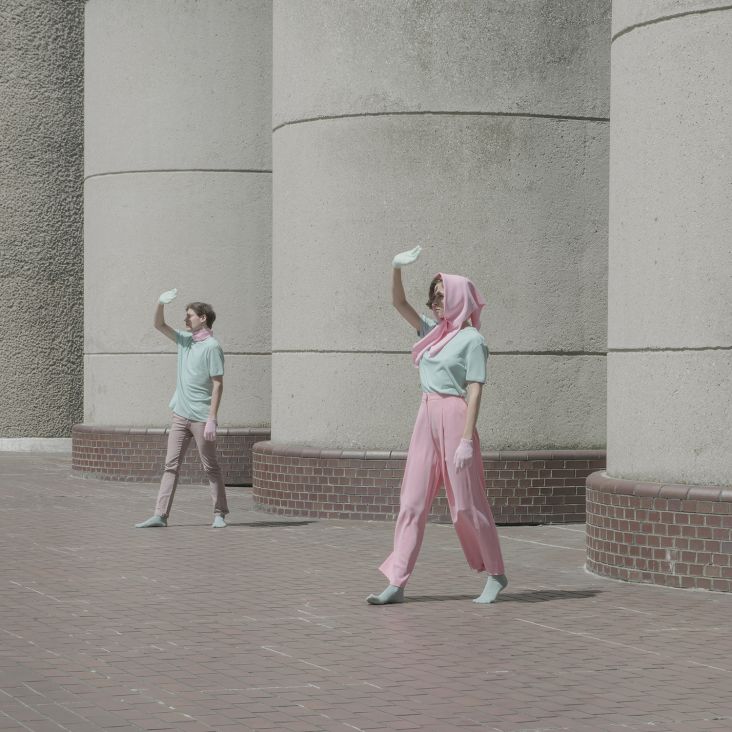
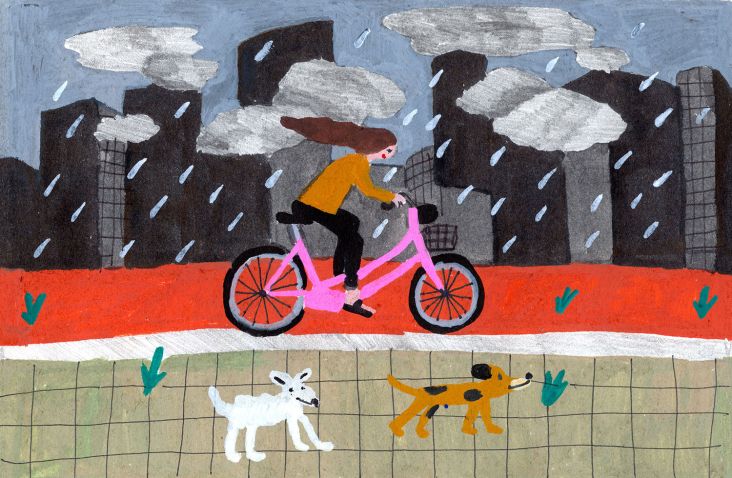
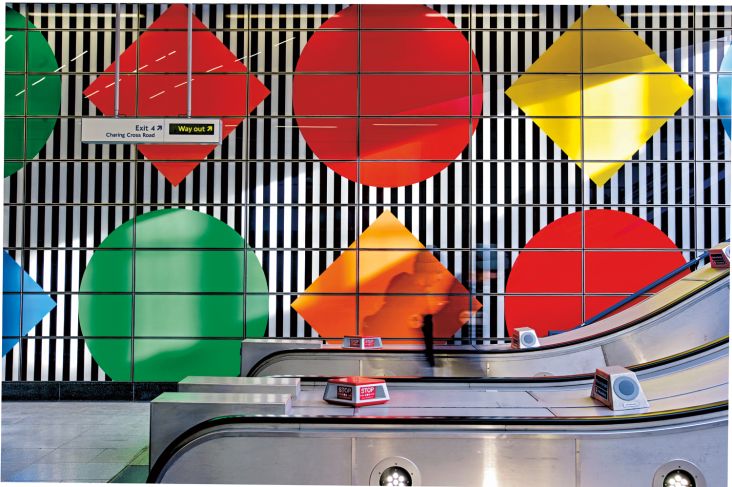
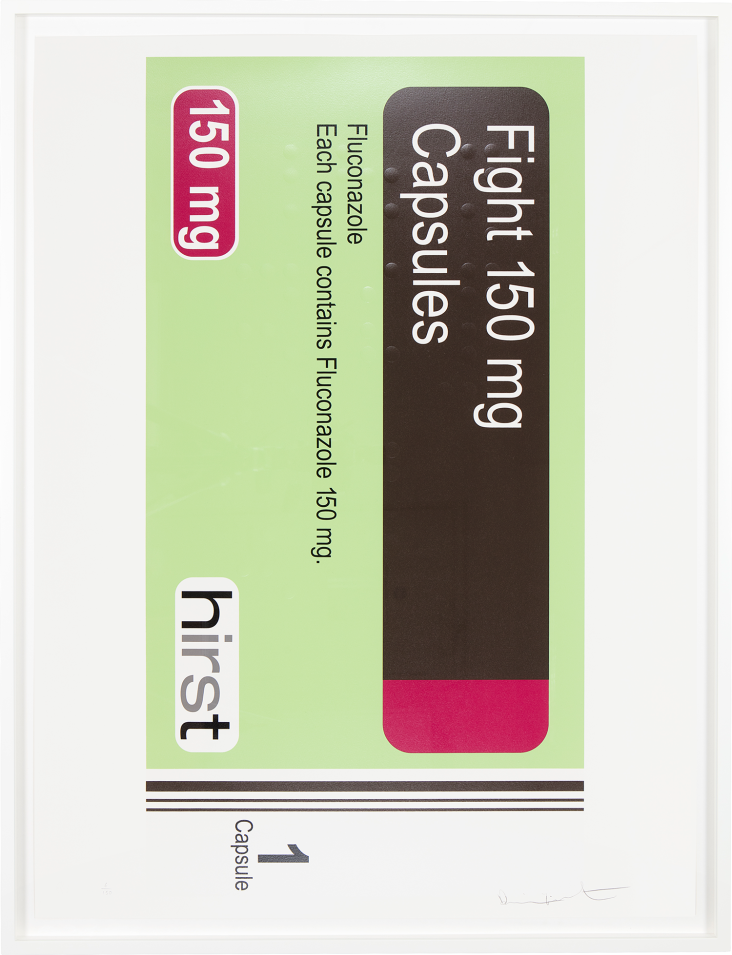
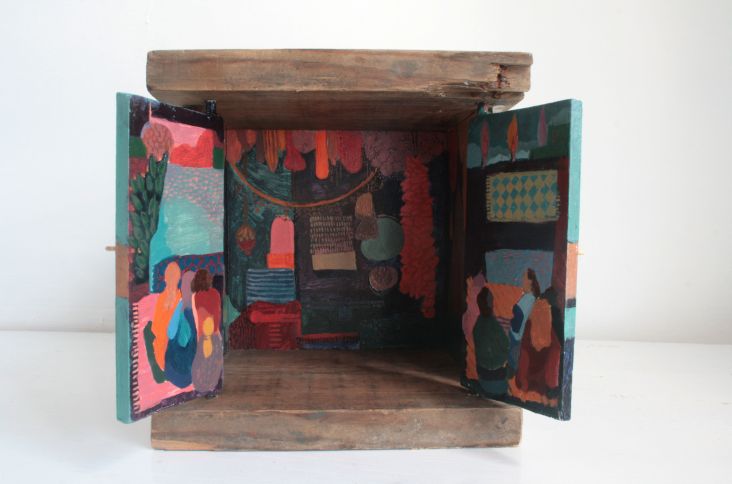
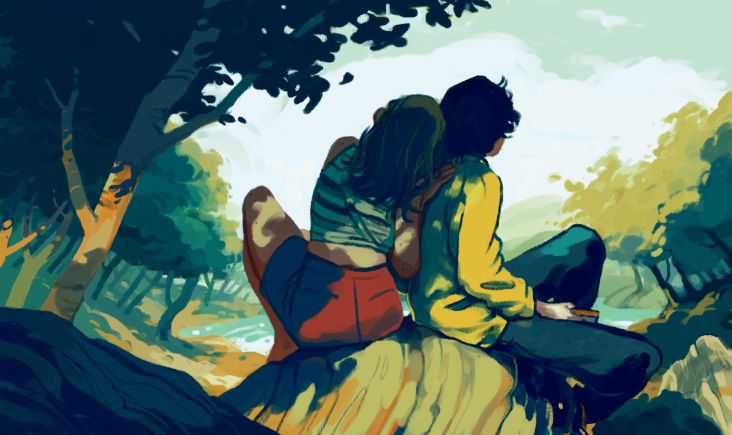
](https://www.creativeboom.com/upload/articles/7e/7ece1f1793cebbb0593b2685932130e39da0e2d3_732.jpeg)
